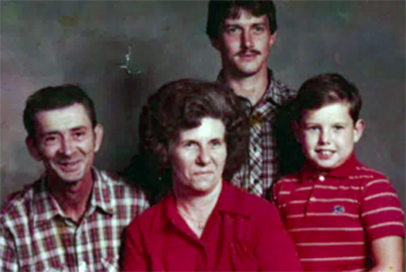(Editor’s note: These are short profiles of victims of the 2008-09 Salmonella outbreak linked to Peanut Corporation of America products. The jury in the PCA criminal trial is due to resume its deliberations on Thursday morning in Albany, GA.) Shirley Almer Shirley Almer resided in Brainerd, MN. She owned a family bowling alley in Wadena, MN, called “Wadena Lanes.” The bowling alley belonged to her husband, and, after he passed away, Shirley took over. 





Sponsored by Marler Clark
